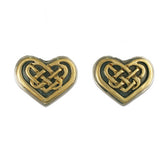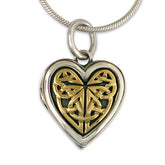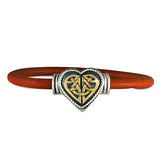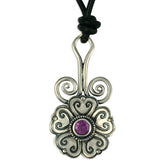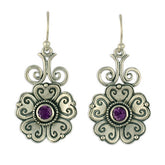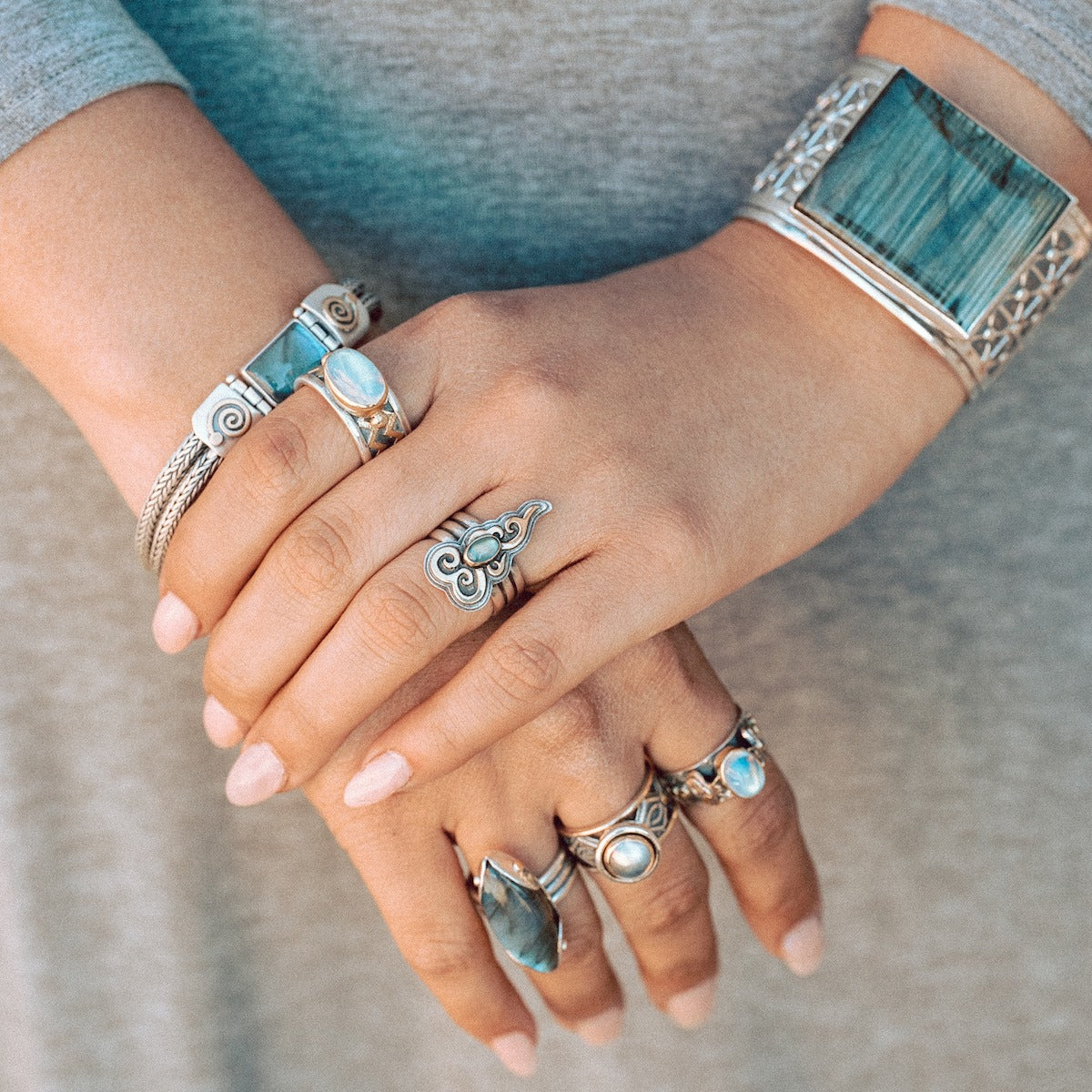Jumping The Broom
The ritual itself is very simple. Yet it’s significance and meaning run very deep. After the priest marries the couple, the bride and groom jump over a broom. It would be more accurate to say “jumping the besom,” the besom being a type of broom that is made with twigs tied together against a strong pole.
Sometimes this ritual takes place at the church itself, or at the wedding reception. There are several ways to go about it. The broom or besom may be laid on the floor and the couple hand in hand, leaps over it as high as they might. Another method has the broom lying at an angle in the entryway to the new home and the bride and groom take their turn at leaping over it. Some hold the belief that the higher the leaper, the more powerful in the marriage that one shall be.
Still another method has the groom stepping over the broom in the doorway while carrying his new bride. This tradition seems to come to us from Wales, primarily, though there is still some contention on whether it comes from Romani Gypsy people living in Wales or come from the Welsh people themselves.
The earliest mention seems to come from the early 18th century though Romani have been in Wales since at least the 16th century. Regardless of origin, jumping the broom has been embraced by the Welsh as a sort of common-law marriage symbolic act. The symbolic role of the broom or besom in the home is rich and varied in Celtic culture.
Perhaps its greatest role is that of setting the boundary between the home and the wild. The act of sweeping the floor was not only a way of cleaning, but also demarcated the boundaries of the home. In ancient times, dirt floors were common and often to keep them clean enough to live on they had to be swept several times every day. This has the effect of creating a boundary for the home, just by sheer repetition. So, often the broom was considered one of the first lines of defense for a home maker.
Outside of Wales, in parts of England, jumping the broom has been considered primarily a folk tradition. It is not as common for urban dwellers who are wedded to contemporary marriage customs. However, let it be said that the ancient people of Wales who still practice this tradition are about all that was left of the original British inhabitants before the arrival of the Angles and the Saxons and other Germanic tribes. These invaders displaced the local inhabitants, forcing them to move west into what is now Wales and Cornwall.
This tradition also seems to have been widely practiced in various parts of the world, from Eastern Europe to the Americas. During the period of black slavery in the Americas, it became a way for slaves to signify their own marriages, as slave marriage was not legally recognized by the governments involved until after Emancipation and the end of the Civil War in America. The practice was likely taken from the whites as a way for slaves to recognize marriage formally among themselves, beyond any remaining African ceremony that may have survived. It was re-explored in the popular black culture during the time Alex Haley’s ‘Roots’ was enjoying its highest popularity.
Today, jumping the broom is also enjoying resurgence in popular neo-pagan cultures such as some Wicca groups and adherents along with those who follow a more eclectic brand of spirituality. In some of the more modern incarnations of the practice, the couple may have to leap over a besom which is held aloft by the Best Man and the Maid of Honor. Sometimes, they may have to leap three times over the besom.
Another modern practice is to leap over a fire and then leap over the broom immediately after that. It is thought that the fire will burn away negative influences of the past and the besom will denote the new beginning for the two together. Often the handfasting cord may be affixed to the besom and it is then placed somewhere prominent in the marriage home.

